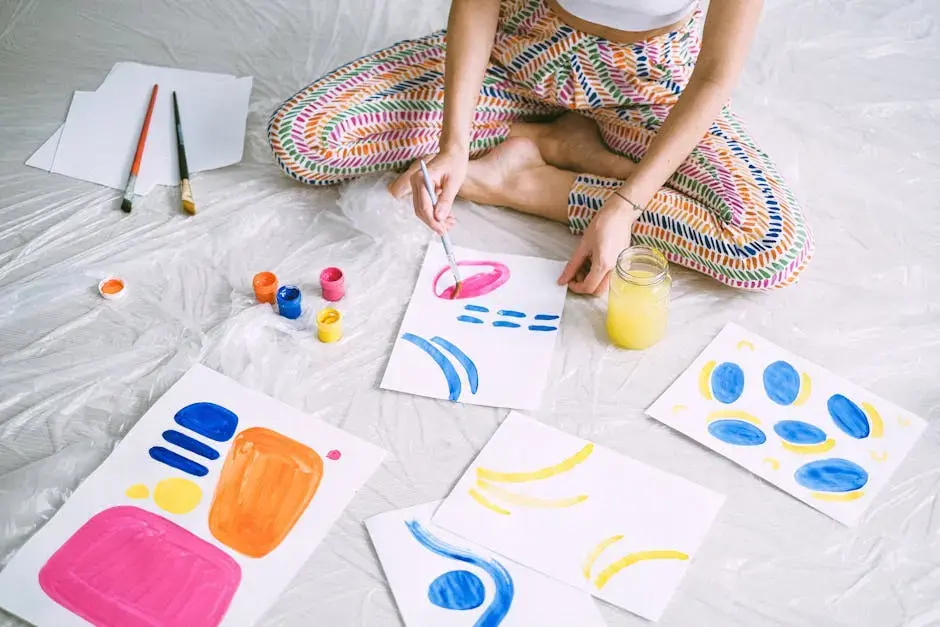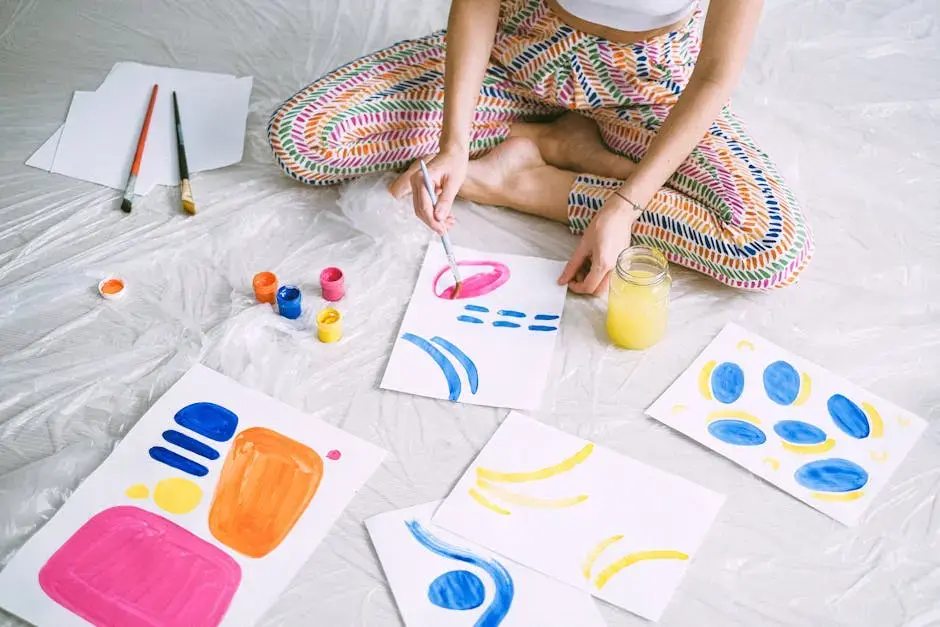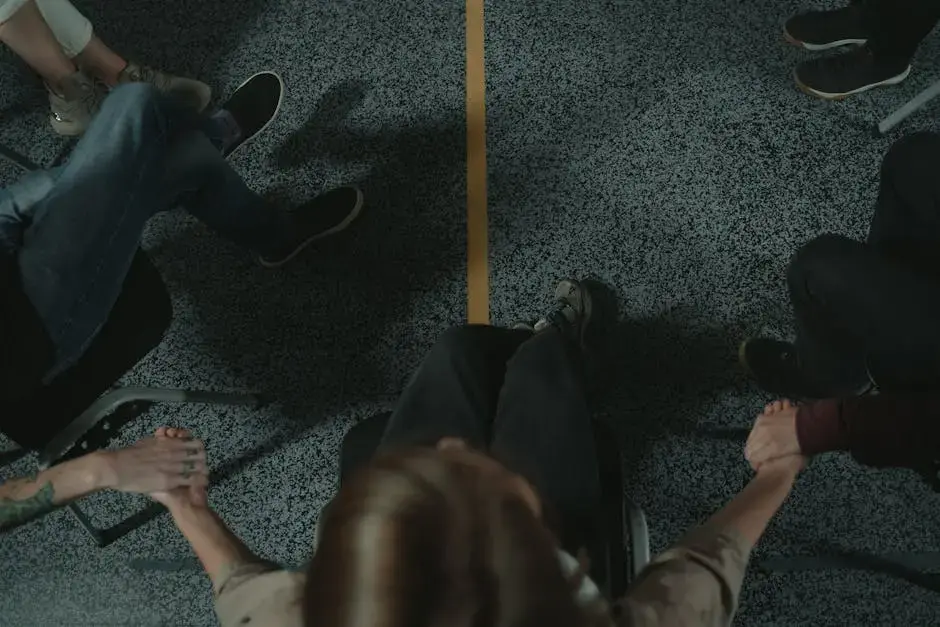How Is Art Therapy Psychology Used In Treating Trauma?
- Karrie Stafford

- Dec 6, 2024
- 3 min read
Art therapy psychology is a unique approach that blends the principles of psychology with creative expression. This blog will explore how art therapy can be effectively utilized to treat trauma, offering insights into its techniques, benefits, and practical applications.

Understanding Art Therapy Psychology
Art therapy psychology combines artistic expression with psychological understanding, making it a unique form of therapy that encourages connection between the mind and the creative process.
At its core, this therapeutic approach allows clients to explore emotions that may be difficult to verbalize. Through various art forms, individuals can visualize and express feelings related to their trauma in a safe environment.
Often, people find that the act of creating art helps to bypass the analytical mind, allowing deeper emotions to emerge. This exploration through creativity is essential for those who may struggle with traditional talk therapy.
The Impact of Trauma on Mental Health
Trauma can leave profound effects on mental health, leading to issues such as anxiety, depression, and PTSD. These challenges can create barriers to daily functioning and personal relationships.
Understanding how trauma affects the brain can illuminate the necessity for versatile treatment approaches like art therapy psychology. Trauma often disrupts communication within the brain, making it difficult for individuals to process emotions and experiences.
Through art therapy, individuals can begin to untangle the complex web of emotions. Art becomes a language of its own, helping clients express what they might not be able to say in words.
How Art Therapy Facilitates Healing
Art therapy facilitates healing by creating a space for reflection and personal insight. As clients engage in artistic activities, they often discover new ways to understand their trauma and its impact on their lives.
Additionally, engaging in the creative process can promote relaxation and reduce stress, which is crucial for trauma recovery. For many, the act of creating art can provide a sense of control over their chaotic emotions.
Moreover, as individuals share their creations with therapists, deep discussions can arise. This dialogue fosters understanding and positions art as a catalyst for healing, offering new perspectives and coping strategies.
Techniques Used in Art Therapy
Several techniques are commonly used in art therapy. For instance, clients might engage in drawing, painting, or even sculpting to express their thoughts and feelings.
Collage making is another popular technique, allowing clients to combine various images and textures to tell their story. This method encourages creativity while also facilitating conversation about personal experiences.
Additionally, guided imagery may also be utilized. This technique blends visualization with creative expression, helping clients create artwork based on their inner landscapes. Such exercises can open the door to deeper emotional exploration.
Real-Life Applications and Case Studies
Numerous case studies showcase the effectiveness of art therapy in trauma recovery. For example, in group settings, individuals have found a comforting community that fosters healing through shared experiences and artistic expression.
One notable case involved survivors of a natural disaster. Through art, participants illustrated their emotional responses and began to process their loss, facilitating both individual and communal healing.
Moreover, art therapy has been beneficial for veterans coping with PTSD. Engaging in creative activities allows them to confront and express complex feelings related to their experiences, leading to significant improvements in mental health.
Choosing the Right Art Therapist
Selecting an appropriate art therapist is crucial for the success of healing. It's important to find a qualified professional with experience in trauma and the specific techniques of art therapy psychology.
During the first consultation, potential clients should discuss their needs and expectations openly. A good therapist will provide guidance on how art can assist in overcoming trauma while fostering a trusting and supportive environment.
Lastly, ensuring a good rapport with the therapist is essential. An effective therapeutic relationship can significantly enhance the healing process, making the journey through art therapy not only therapeutic but also enjoyable.
Final Thoughts on Art Therapy Psychology and Trauma Healing
In summary, art therapy psychology provides a powerful avenue for healing trauma. By allowing individuals to express their feelings through art, it opens up new pathways for understanding and recovery. Whether through individual sessions or group therapy, art therapy serves as a beneficial tool in the psychological treatment of trauma.




Comments